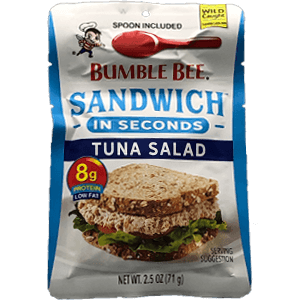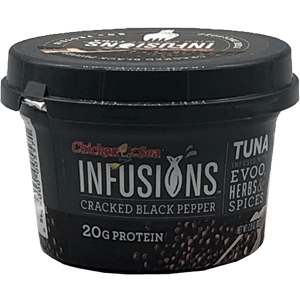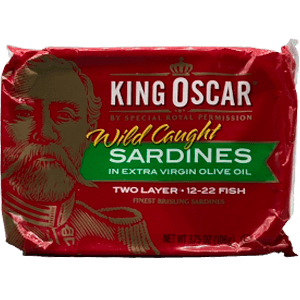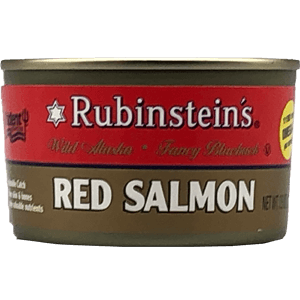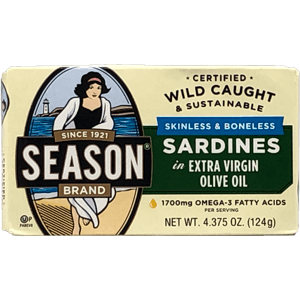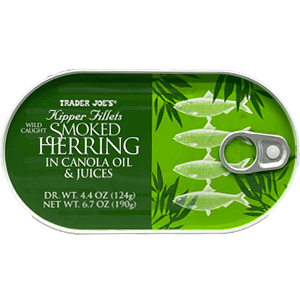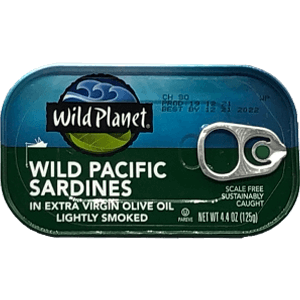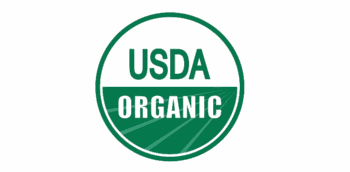Summary




-
Why eat canned fish?
Canned (or otherwise packaged) tuna, salmon, sardines, and herring are convenient foods that help meet dietary recommendations for protein as well as providing the omega-3 fatty acids DHA and EPA (about 250 mg per day is recommended). They can also deliver other nutrients, such as vitamin D, calcium (from edible bones in some salmon and sardines) and small amounts of iron. Eating fish can reduce the risk of cardiovascular disease (see What It Does). -
What did CL's tests of canned fish find?
Among 22 popular canned fish, amounts of DHA and EPA per serving ranged from just 45 mg in a brand of canned tuna to over 1,800 mg in a brand of sardines. In more than half the products, amounts of mercury and/or arsenic were discovered to be at levels suggesting that the listed serving amount should not be eaten more than once or twice per week (five albacore ("white") tunas and one skipjack ("light") tuna) or not more than once per day (one yellowfin ("light") tunas two sardines, and two herrings (kippers). Two products contained significantly less DHA and EPA than claimed on their labels -- only 46.7% and 74.2% of what was claimed (see What CL Found). -
Which canned fish products are best?
ConsumerLab selected six products as Top Picks within specific categories of tuna, salmon, sardines and herring. Each provided a significant amount of DHA and EPA with minimal contamination and at a good price. These Top Picks are particularly good choices for people seeking more healthful options to solid white albacore tuna. -
Are canned fish products safe for children?
Due to the risk of mercury exposure, children should consume smaller serving sizes of fish (based on age) if eating fish twice per week. See ConsumerTips™. - Canned fish safety and side effects: In addition to avoiding excessive mercury and arsenic in some products, be aware that fish can cause allergic reactions. See Concerns and Cautions for more information.


